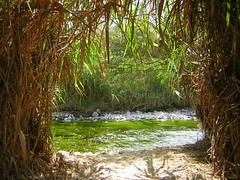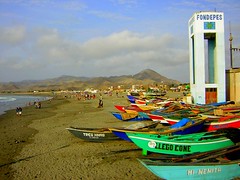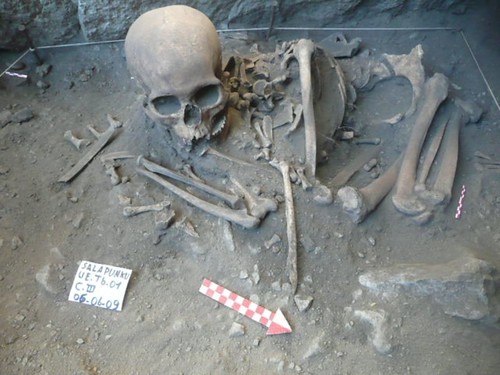Inca Stone Masonry
The quality of the Incas stone work is what many people notice when visiting their ruins, or even just walking through the streets of Cusco. But how did they manage to carve so accurately, to a degree we can only just achieve today with sophisticated technology such as lasers? How could they cut the stone bricks and place them so tightly together that you couldn’t slide a sheet of paper between them – that not even air can blow through?
From the works of Hiram Bingham to many recent studies, several hypothesis have been put forward. But could the answer be not so different from our modern lasers?
Hypotheses
Hammering – Many of the blocks have perfectly shaped 90 degree outside corners that are so fine they would be damaged by a hammer and chisel’s blow. Inside corners often have such a tiny radius that to carve it would require such a tiny-pointed chisel that the theory would not be feasible. Besides, when chiselling rock, it often breaks along planes of natural weakness making precision that exists in Inca carving difficult.
Grinding/Polishing – Sanding would not cause rock to break along natural lines of weakness and it would be possible to sand perfectly fine angles. But the composition of the majority of Inca stone blocks is one of granite with quartz. With the hardest available sanding material, more quartz, you would not be able to grind out the quartz as well as the granite, leading to exposed quartz on the surface. An uneven surface.
Wedging – A process of cracking the rock open with a wedge. This again is would cause the to break along random weak planes. You would not be able to make diversely shaped inside or outside curves.
Chemical Processing – Using acidic substances to wear at the rock would work if the substance was held against the rock for a sufficient amount of time in a water solution. But with any such substance it would not wear away at the quartz as much as the weaker elements so as with grinding it would leave an raised uneven surface. Besides, the substance would work its way into the natural fractures in the rock making the surface more uneven.
So, how could they carve such perfect blocks, and what does laser-like technology have to do with it?
In the Temple of the Sun, as with all great sun temples, stood a great gold sun disk, as described by the Spanish it was a “golden dish two men across”. The Spanish soldiers ripped it down and cut it into pieces to use as gambling chips, before melting it down into ingots for shipping to Spain. What it was for did not matter to them, rather than ask the priests who knew, they killed them. We know little of what exactly the disk was for other than the fact it reflected a great deal of sun light.
This is where the theory of Professor of Geoscience Ivan Watkins comes in. David Lindroth explained to Watkins that he had been working for years using light’s heat to cut rocks at the U.S. bureau of Mines. He had shown that with as little as 100 watts of light focused at 2mm diameter can cut any rock. With repeated short passes, 2mm deep of rock can be cut. Weak rock vaporises while strong rock like quartz melts glazing the surface, and indeed many of the worn Inca walls appear glazed.
The Incas knew how to use focused light from the sun. During Intiraymi, the Festival of the Sun – the Incas most divine object – the emperor used a reflective bracelet to start a sacrificial fire.
Could this be what the giant sun dishes were for? Are the Inca stones cut by reflected sunlight?
Summarised from an article published in Rocks and Minerals magazine, Vol. 65, Nov/Dec 1990. © Ivan W. Watkins, Professor of Geoscience in the Department Of Earth Sciences, St. Cloud State University, Minnesota
Tags: hiram bingham, incas, inti raymi, ruins, sun disk









